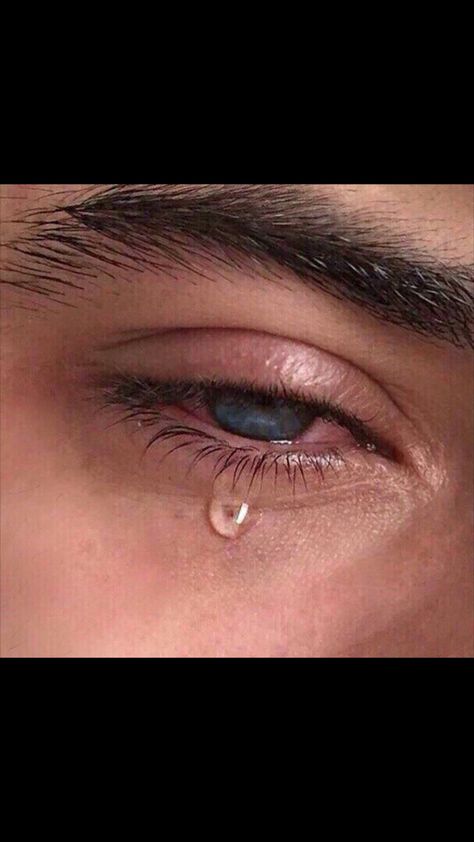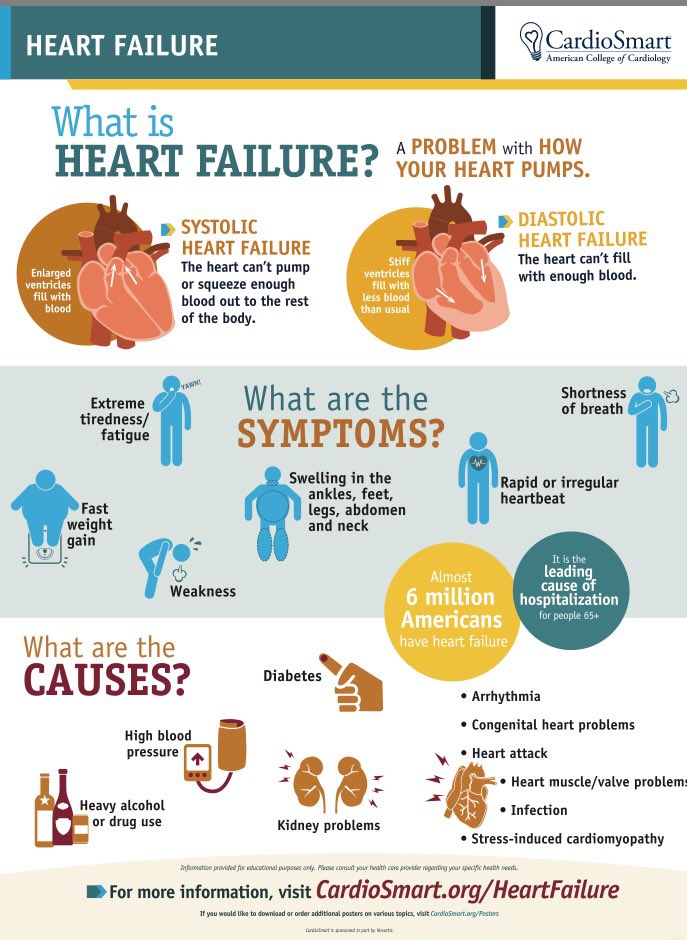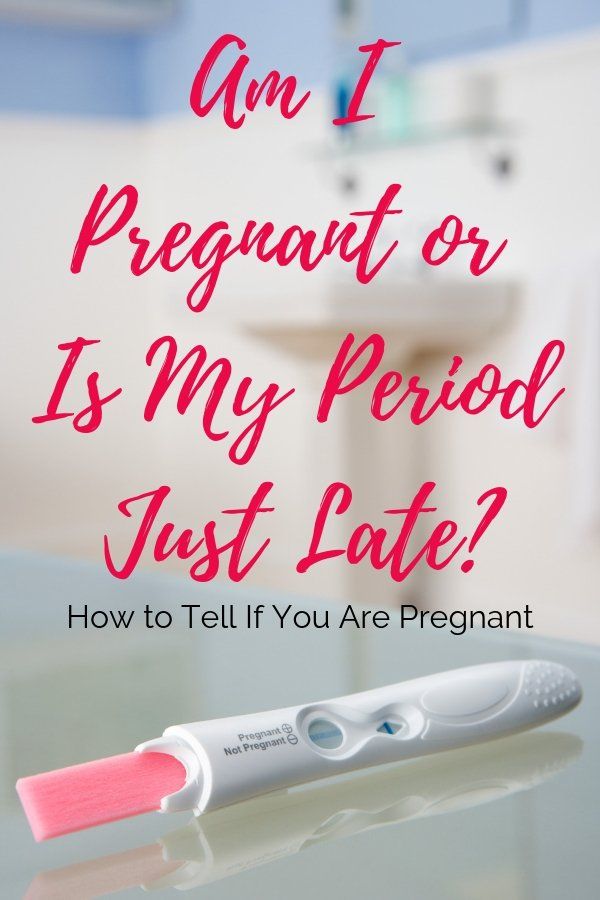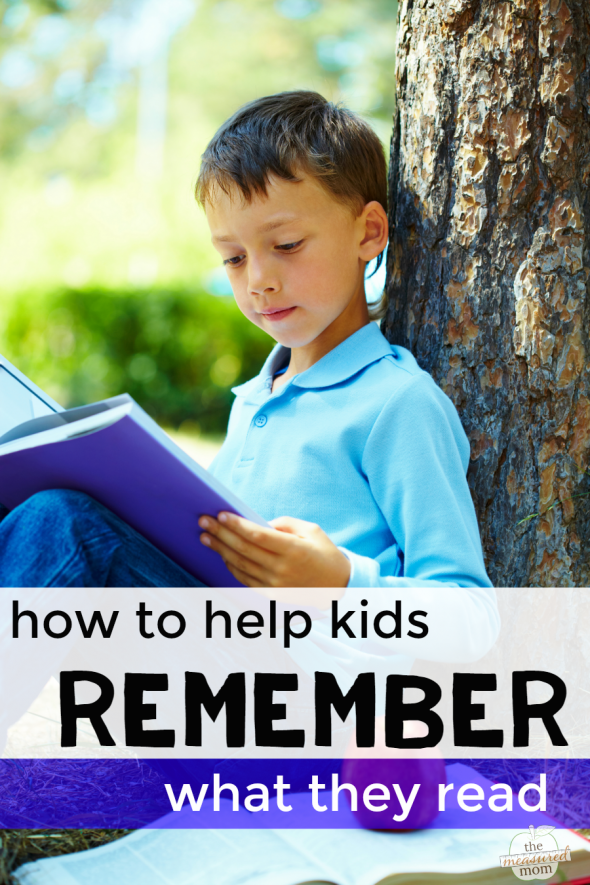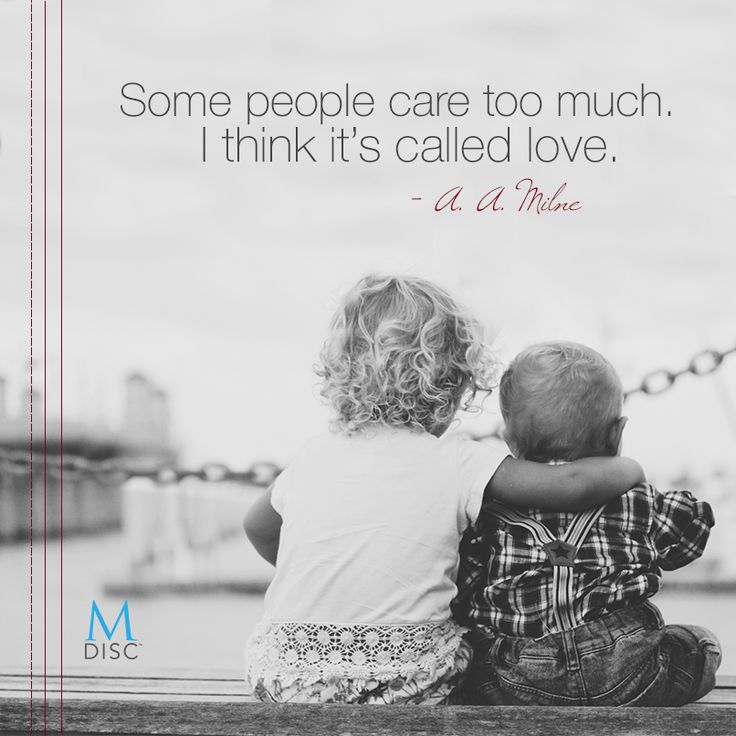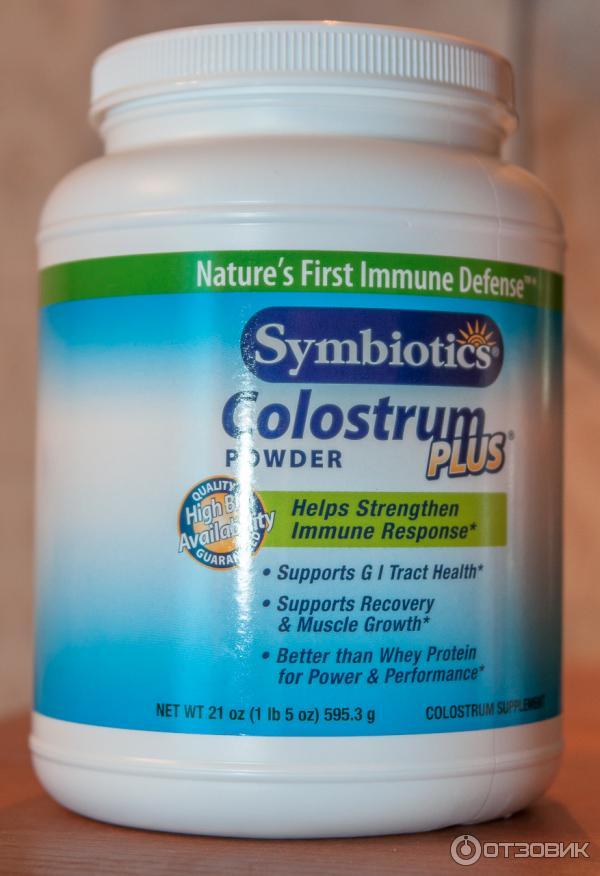Tears in newborn eyes
When Do Babies Get Tears? Your Newborn May Cry Without Them
Your newborn has been screaming for the last 45 minutes. (First it was a wet diaper, then the formula was cold, the onesie was scratchy, worldly existence is a confusing and tumultuous experience, you know — the usual stuff.)
But when you look down, you realize their face is 100 percent dry. How is that possible? They should be drowning in a salty sea of their own tears by now!
Get this: Newborn babies don’t cry tears. Well, not at first, anyway. It does happen eventually. But for the first several weeks of your newborn’s life, crying will involve a lot of red-faced wailing and nothing else.
Your little one’s eyes will start making more tears a couple of weeks after birth. Those wet cheeks will typically appear by about 3 months of age or before.
Here’s more about when you can expect real tears to be shed and what you should do if it doesn’t happen by a certain age.
For the first 2 weeks of your baby’s life, their eyes will be pretty dry — including when they’re crying.
First, a little teardrop 101: The lacrimal glands of the eye make tears. The tears then flow over the eye and drain into the tear ducts. (It’s a popular misconception that ducts make tears.)
Although babies do make some tears from birth, they don’t make enough to be seen as tears when crying.
In addition to being tear-free, you may notice that your baby’s eyes are:
- sometimes briefly crossed or divergent
- red or bloodshot (broken blood vessels during birth can cause a subconjunctival hemorrhage)
- indistinct in color
They may also temporarily have swollen eyelids.
Around 2 weeks old, your baby’s lacrimal glands will begin increasing their production of tears, though you still may not notice much change.
Sometime between 1 and 3 months of age is typically when babies actually start shedding more of the salty stuff when they cry, creating visible tears. (Yes, it will be heartbreaking at first. Yes, you’ll get used to it. )
)
It’s uncommon for your newborn to cry tears before their lacrimal glands have fully developed.
But if your newborn is at least 2 weeks old and crying tears, they’ve probably just reached the “crying with real tears” phase of life.
Other causes of newborn eye watering include the following:
Blocked tear duct
If your baby’s eyes are actively tearing up at times when they aren’t crying, their tears could be from a blocked tear duct.
As tear ducts finish forming, there can be (usually harmless!) issues with the membrane responsible for moving tears from the eye into the nose. When tear ducts are blocked, the tears back up and overflow into the eye, making them look constantly teary.
This isn’t usually a cause for concern, and most cases of blocked tear ducts resolve on their own by baby’s first birthday.
Infection
Occasionally, a tear duct gets clogged enough that the corner of your baby’s eye will become infected. This is called dacryocystitis.
It can be serious in an infant and does need to be treated. So if your baby’s eye also has swelling, redness, or pus, you should call your doctor.
Viruses and bacteria
Your newborn could also have a viral illness, like a cold, or even pink eye (conjunctivitis).
This is especially likely if the tears are accompanied by redness or discharge (and especially if you have any other little germ factories — ahem, small children — at home).
Pink eye is uncommon in newborns but can be serious. See your pediatrician right away if your newborn has a red eye with discharge.
This is most likely a blocked tear duct or pink eye. (A cold or viral illness would produce tears in both eyes.)
As far as telling the difference between the two, a blocked tear duct will cause tears but usually no other symptoms, while pink eye comes with all the requisite gooey grossness and redness.
If your baby is a few months old and still isn’t producing any real tears when crying, most often it’s just a delay that’s within the range of normal. But there may be medical reasons for the delay, so see your pediatrician.
But there may be medical reasons for the delay, so see your pediatrician.
If your little one has previously turned on the waterworks but then starts crying without tears again, it could be dehydration. This will typically come with other symptoms, like vomiting, diarrhea, or poor feeding.
Make sure your baby’s getting enough fluids (either from breast milk or formula) every day. Early signs of infant dehydration include:
- a decrease in wet diapers
- lethargy
- irritability
- less tears when crying
Serious eye conditions
You may have read that a lack of tears can be a sign of more serious eye conditions, like cataracts, lazy eye, glaucoma, or retinoblastoma.
In reality, there’s no evidence that dry eye is a sign of these conditions. (In fact, glaucoma can cause excessive watering.)
All of these conditions have other symptoms that would be picked up by your pediatrician at well baby visits.
Familial dysautonomia — a rare genetic disorder — can cause a lack of tears, though it’s not specifically an eye condition.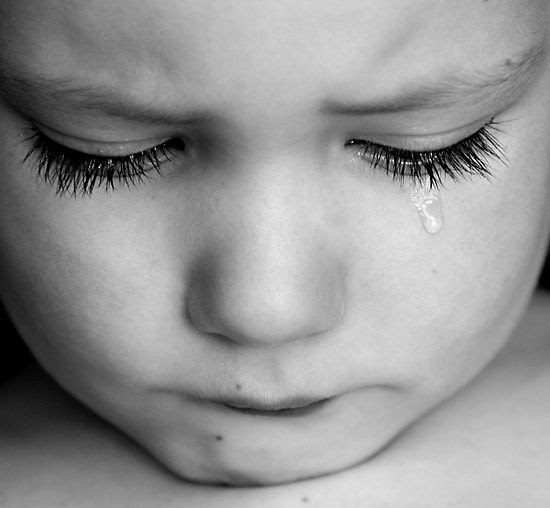 Other symptoms include:
Other symptoms include:
- lack of muscle tone
- trouble regulating body temperature
- frequent infections in the lungs
- feeding difficulty
If your newborn is very young, like under 1 month old, crying without tears is totally normal. But you should contact your doctor for next steps if your baby:
- doesn’t develop tears by 2 or 3 months of age;
- only has tears in one eye and visible signs of infection like redness, pus or discharge, or swelling;
- has any unusual eye characteristics, like discolored pupils or cloudy lenses.
Expect a lot of dry-eyed crying in the first few weeks of your newborn’s life.
As time goes by, their eyes should become moister and eventually begin producing tears during all those 2 a.m. crying jags. (If you’re crying, too, that’s totally fine. No judgment here.)
Reach out to your child’s pediatrician if your baby has excessively watery eyes that you think may be caused by infection or an eye condition, or if they still aren’t producing tears after 3 months old.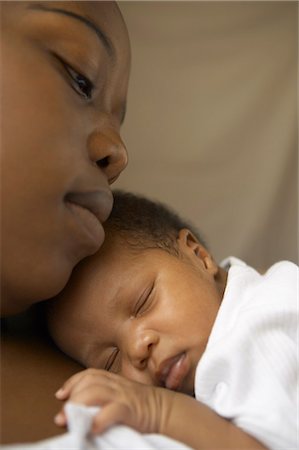
When Do Babies Get Tears? Your Newborn May Cry Without Them
Your newborn has been screaming for the last 45 minutes. (First it was a wet diaper, then the formula was cold, the onesie was scratchy, worldly existence is a confusing and tumultuous experience, you know — the usual stuff.)
But when you look down, you realize their face is 100 percent dry. How is that possible? They should be drowning in a salty sea of their own tears by now!
Get this: Newborn babies don’t cry tears. Well, not at first, anyway. It does happen eventually. But for the first several weeks of your newborn’s life, crying will involve a lot of red-faced wailing and nothing else.
Your little one’s eyes will start making more tears a couple of weeks after birth. Those wet cheeks will typically appear by about 3 months of age or before.
Here’s more about when you can expect real tears to be shed and what you should do if it doesn’t happen by a certain age.
For the first 2 weeks of your baby’s life, their eyes will be pretty dry — including when they’re crying.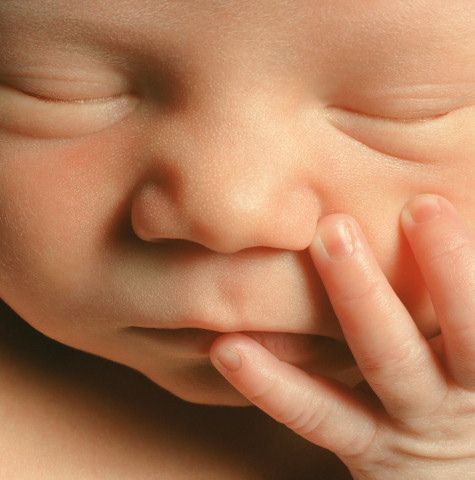
First, a little teardrop 101: The lacrimal glands of the eye make tears. The tears then flow over the eye and drain into the tear ducts. (It’s a popular misconception that ducts make tears.)
Although babies do make some tears from birth, they don’t make enough to be seen as tears when crying.
In addition to being tear-free, you may notice that your baby’s eyes are:
- sometimes briefly crossed or divergent
- red or bloodshot (broken blood vessels during birth can cause a subconjunctival hemorrhage)
- indistinct in color
They may also temporarily have swollen eyelids.
Around 2 weeks old, your baby’s lacrimal glands will begin increasing their production of tears, though you still may not notice much change.
Sometime between 1 and 3 months of age is typically when babies actually start shedding more of the salty stuff when they cry, creating visible tears. (Yes, it will be heartbreaking at first. Yes, you’ll get used to it.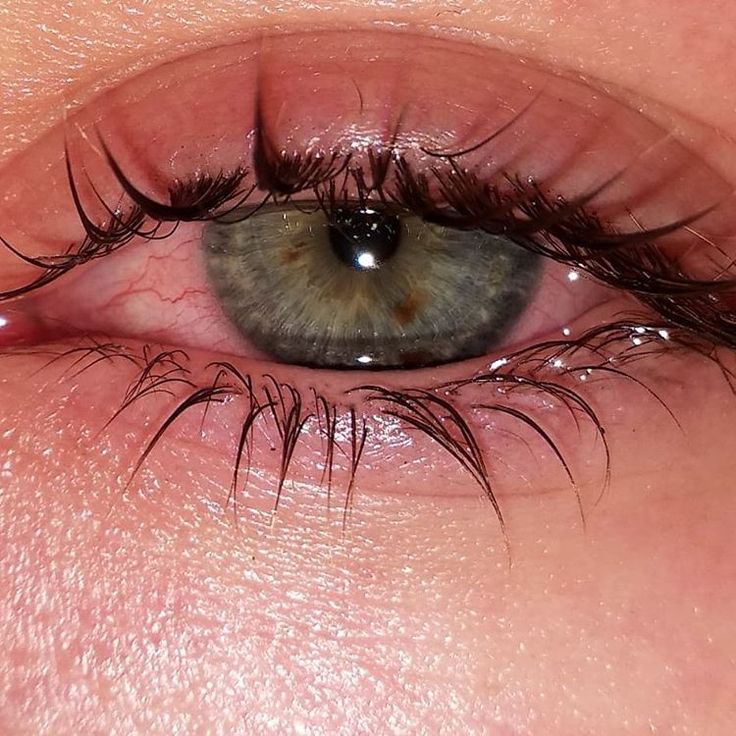 )
)
It’s uncommon for your newborn to cry tears before their lacrimal glands have fully developed.
But if your newborn is at least 2 weeks old and crying tears, they’ve probably just reached the “crying with real tears” phase of life.
Other causes of newborn eye watering include the following:
Blocked tear duct
If your baby’s eyes are actively tearing up at times when they aren’t crying, their tears could be from a blocked tear duct.
As tear ducts finish forming, there can be (usually harmless!) issues with the membrane responsible for moving tears from the eye into the nose. When tear ducts are blocked, the tears back up and overflow into the eye, making them look constantly teary.
This isn’t usually a cause for concern, and most cases of blocked tear ducts resolve on their own by baby’s first birthday.
Infection
Occasionally, a tear duct gets clogged enough that the corner of your baby’s eye will become infected. This is called dacryocystitis.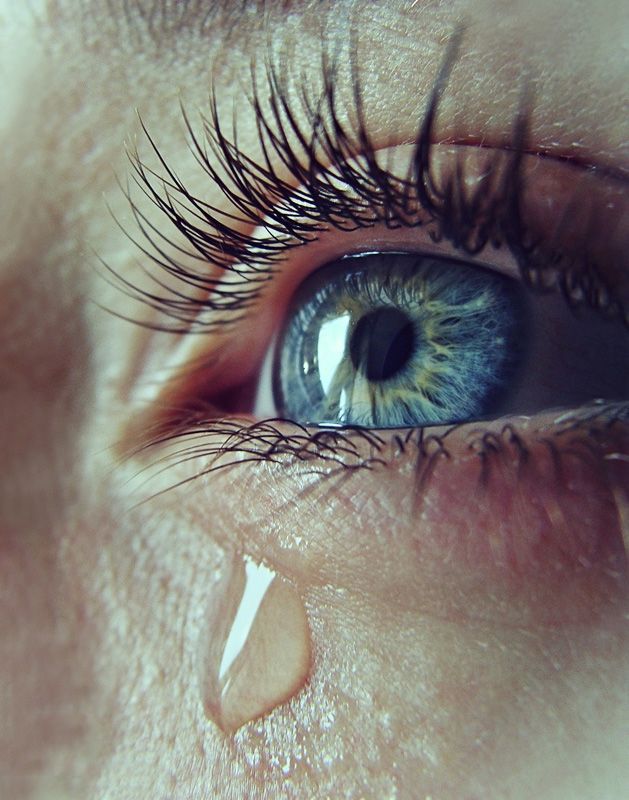
It can be serious in an infant and does need to be treated. So if your baby’s eye also has swelling, redness, or pus, you should call your doctor.
Viruses and bacteria
Your newborn could also have a viral illness, like a cold, or even pink eye (conjunctivitis).
This is especially likely if the tears are accompanied by redness or discharge (and especially if you have any other little germ factories — ahem, small children — at home).
Pink eye is uncommon in newborns but can be serious. See your pediatrician right away if your newborn has a red eye with discharge.
This is most likely a blocked tear duct or pink eye. (A cold or viral illness would produce tears in both eyes.)
As far as telling the difference between the two, a blocked tear duct will cause tears but usually no other symptoms, while pink eye comes with all the requisite gooey grossness and redness.
If your baby is a few months old and still isn’t producing any real tears when crying, most often it’s just a delay that’s within the range of normal.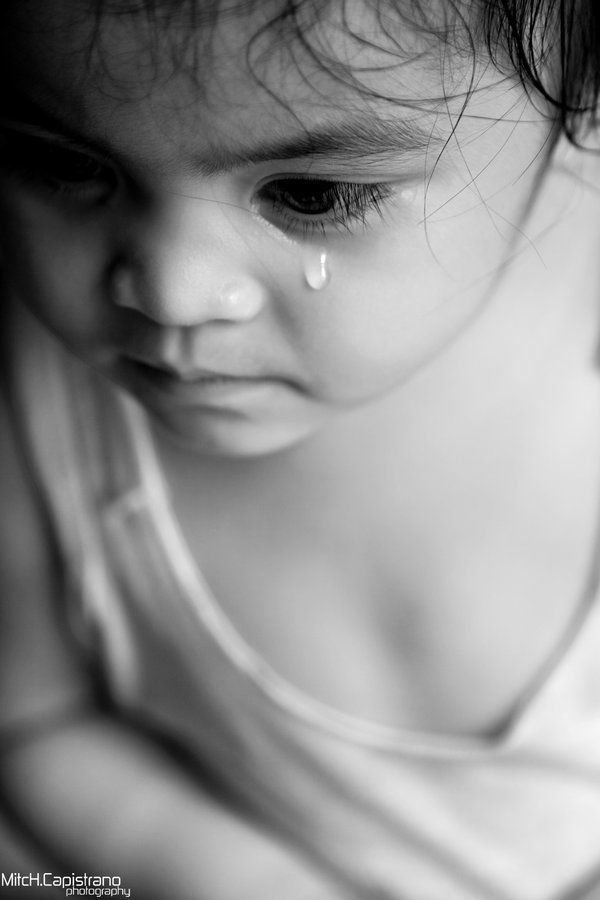 But there may be medical reasons for the delay, so see your pediatrician.
But there may be medical reasons for the delay, so see your pediatrician.
If your little one has previously turned on the waterworks but then starts crying without tears again, it could be dehydration. This will typically come with other symptoms, like vomiting, diarrhea, or poor feeding.
Make sure your baby’s getting enough fluids (either from breast milk or formula) every day. Early signs of infant dehydration include:
- a decrease in wet diapers
- lethargy
- irritability
- less tears when crying
Serious eye conditions
You may have read that a lack of tears can be a sign of more serious eye conditions, like cataracts, lazy eye, glaucoma, or retinoblastoma.
In reality, there’s no evidence that dry eye is a sign of these conditions. (In fact, glaucoma can cause excessive watering.)
All of these conditions have other symptoms that would be picked up by your pediatrician at well baby visits.
Familial dysautonomia — a rare genetic disorder — can cause a lack of tears, though it’s not specifically an eye condition. Other symptoms include:
Other symptoms include:
- lack of muscle tone
- trouble regulating body temperature
- frequent infections in the lungs
- feeding difficulty
If your newborn is very young, like under 1 month old, crying without tears is totally normal. But you should contact your doctor for next steps if your baby:
- doesn’t develop tears by 2 or 3 months of age;
- only has tears in one eye and visible signs of infection like redness, pus or discharge, or swelling;
- has any unusual eye characteristics, like discolored pupils or cloudy lenses.
Expect a lot of dry-eyed crying in the first few weeks of your newborn’s life.
As time goes by, their eyes should become moister and eventually begin producing tears during all those 2 a.m. crying jags. (If you’re crying, too, that’s totally fine. No judgment here.)
Reach out to your child’s pediatrician if your baby has excessively watery eyes that you think may be caused by infection or an eye condition, or if they still aren’t producing tears after 3 months old.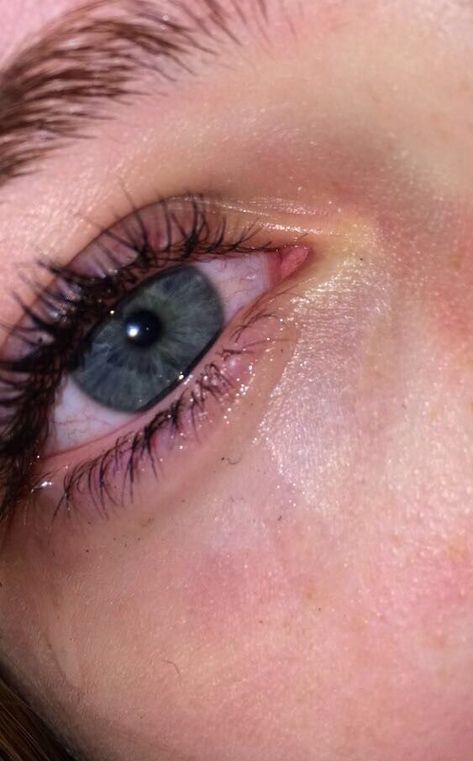
Lachrymation in children
We treat children according to the principles of evidence-based medicine: we choose only those diagnostic and treatment methods that have proven their effectiveness. We will never prescribe unnecessary examinations and medicines!
Make an appointment via WhatsApp
Prices Doctors
The first children's clinic of evidence-based medicine in Moscow
No unnecessary examinations and medicines! We will prescribe only what has proven effective and will help your child.
Treatment according to world standards
We treat children with the same quality as in the best medical centers in the world.
The best team of doctors in Fantasy!
Pediatricians and subspecialists Fantasy - highly experienced doctors, members of professional societies. Doctors constantly improve their qualifications, undergo internships abroad.
Ultimate treatment safety
We made pediatric medicine safe! All our staff work according to the most stringent international standards JCI
We have fun, like visiting best friends
Game room, cheerful animator, gifts after the reception.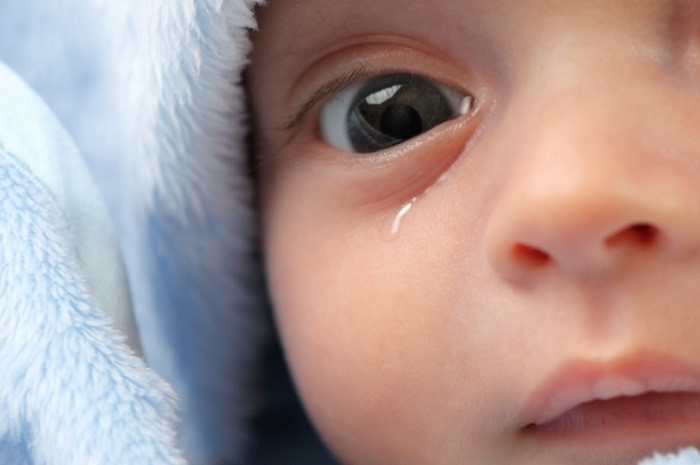 We try to make friends with the child and do everything to make the little patient feel comfortable with us.
We try to make friends with the child and do everything to make the little patient feel comfortable with us.
You can make an appointment by calling or by filling out the form on the website
Other services of the section "Pediatric ophthalmology"
- Consultation of a pediatric ophthalmologist (oculist)
- Children's glasses frames
Frequent calls
- Astigmatism in children
- Conjunctivitis in children: diagnosis and treatment
- Farsightedness in children: diagnosis and treatment
- Eye redness in children: causes and treatment
- Myopia in children: diagnosis and treatment
- Strabismus in children: diagnosis and treatment
- Peeling eyelids in a child: causes and treatment
- Selection of lenses for children
- Children's vision test
- Choosing glasses for a child
- Measurement of intraocular pressure (IOP) with the Icare device for a child
- Removal of a chalazion in children
- Schirmer's test
- Lazy eye (amblyopia)
Rare eye diseases in children
- Aniridia in a child
- Retinitis pigmentosa in a child
- Best's dystrophy in a child
- Ophthalmology for children with albinism
- Achromatopsia in a child
- Chronic progressive external ophthalmoplegia in a child
- Ophthalmology for children with Down syndrome
Online payment
Documents online
Online services
Article "Why don't my baby's tears flow?"
Occasionally, the function of the lacrimal glands may be impaired in newborns.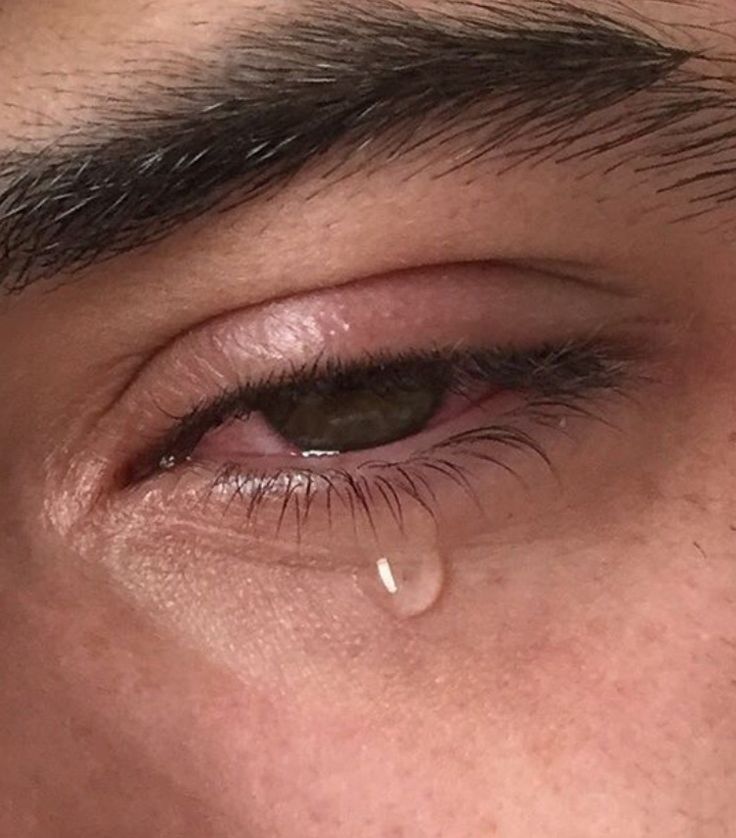 For what reasons this can happen, Natalya Bosha, an ophthalmologist-surgeon at the European Medical Center, told in an article in the Shape mama magazine.
For what reasons this can happen, Natalya Bosha, an ophthalmologist-surgeon at the European Medical Center, told in an article in the Shape mama magazine.
In the inner corner of the eye, in the region of the lower eyelid, there is a tiny hole called the lacrimal opening. A tear runs down her. Negative pressure is maintained in the lacrimal sac, due to which there is an outflow of fluid from the eye. Through the lacrimal opening, the fluid enters the lacrimal canal and flows freely into the nasal cavity. That is why when we cry, we always get a runny nose. Such a reaction is evidence of the normal operation of the lacrimal canal.
If tears don't flow
Lacrimal duct obstruction sometimes occurs in infants. The cause of this pathology is congenital - obstruction of the nasolacrimal canal. There is a membrane in this tubule, which, at the time of the birth of the baby, should burst itself. But often in babies, especially those born prematurely, the membrane does not have time to break naturally.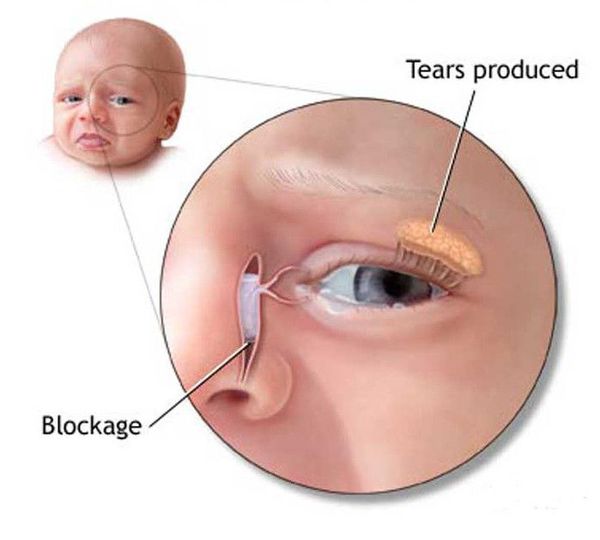 Such kids, as a rule, are restless, capricious, their eyelids stick together and redden. There is evidence that blockage of the nasolacrimal duct is more common in boys.
Such kids, as a rule, are restless, capricious, their eyelids stick together and redden. There is evidence that blockage of the nasolacrimal duct is more common in boys.
It is necessary to restore lacrimation in the baby as soon as possible. After all, it performs an important function - it moisturizes and protects the eyes from infections. Stagnation of tears causes inflammation of the mucous membrane of the eyes and lacrimal canal, and any inflammatory processes, especially in the head area, are dangerous for the health of the baby. Do not try to solve the problem by washing the eyes of the crumbs with chamomile or tea. Contact a specialist immediately.
Massage
A special massage will help restore the normal outflow of tears in a baby. Gently massage the area just below the tubercle at the inner corner of the eye. But you can't push too hard. The duration of the procedure is 1-2 minutes, but you need to repeat it 10 times a day. Massage puts pressure on the fluid that has accumulated in the lacrimal canaliculus and helps the membrane to burst, opening the way for tears. In most cases, this manipulation helps. If after 3-4 days the lacrimation does not recover, the doctor will suggest an operation - bougienage.
Massage puts pressure on the fluid that has accumulated in the lacrimal canaliculus and helps the membrane to burst, opening the way for tears. In most cases, this manipulation helps. If after 3-4 days the lacrimation does not recover, the doctor will suggest an operation - bougienage.
Operation
Bougienage is performed under local anesthesia. During the operation, the doctor, using a probe (a very thin metal rod), cuts the membrane, passing the instrument through the entire nasolacrimal canal, sometimes from the side of the nose. After this manipulation, a course of antibiotic therapy is mandatory - an antibiotic is instilled into the baby's eyes. This is done in order to relieve inflammation and prevent the possibility of infection. If this appointment is neglected, an abscess of the lacrimal sac may occur, which poses a threat to the health of the child. In addition, in an advanced case, a more complex surgical operation will be required, followed by plastic surgery of the nasolacrimal canal.